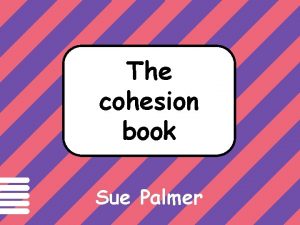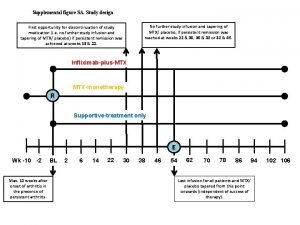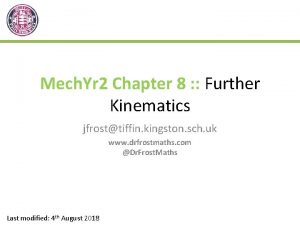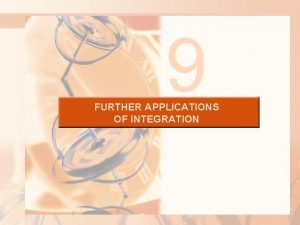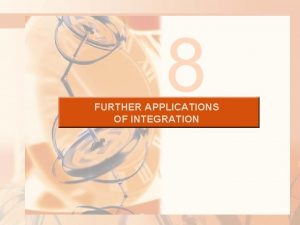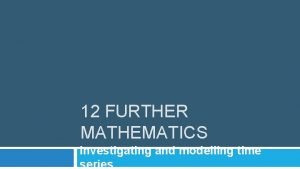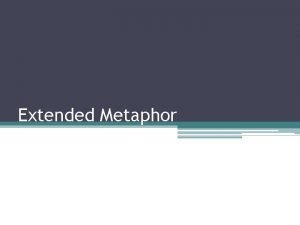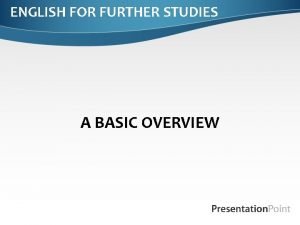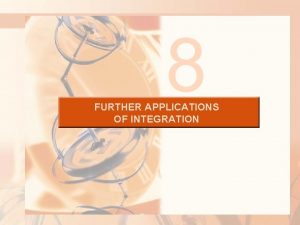A further definition of text A text is














- Slides: 14

A further definition of text A text is a structure transmitting knowledge which is represented by means of a linguistic structure. In a specialized text we can appreciate different levels, in particular the linguistic level (terms and structure) and the knowledge level (knowledge being transmitted).

The knowledge units convey information about the specific field of knowledge. They can be more or less complex, and may sometimes belong to other (non-linguistic) systems (for instance, acronyms, or figures).

Working with units: Text 1 The sequence Attention Deficit Hyperactivity Disorder (ADHD) or hyperkinetic disorder is expressing a specialized knowledge unit, which can be divided into different components at the lexical level.

Terminology • ADHD: sindrome da deficit di attenzione e iperattività • Neurobehavioural: neurocomportamentale • Disorder: disturbo (sindrome) • To persist: permanere, perdurare • Adulthood: età adulta, maturità • Currently: attualmente, al momento

• Inattention: disattenzione • Daily functioning: attività quotidiane • Developmental stage: stadio/fase di sviluppo • To function: operare (funzionare) • Setting: contesto • To struggle: avere forti difficoltà

Attention-Deficit/Hyperactivity Disorder (ADHD) ADHD is one of the most common neurobehavioral disorders of childhood and can persist through adolescence and into adulthood. Currently the causes are unknown.

A person with ADHD has a chronic level of inattention, impulsive hyperactivity, or both such that daily functioning is compromised. The symptoms of the disorder must be present at levels that are higher than expected for a person's developmental stage and must interfere with the person's ability to function in different settings (e. g. , in school and at home).

• Important areas of life: situazioni di vita importanti • Peer relationships: rapporti di gruppo • Family relationships: rapporti familiari • School performance: prestazioni scolastiche • Work performance: prestazioni lavorative • To establish: determinare • According to: a seconda di • Strong: forte, presente • Predominantly: prevalentemente

A person with ADHD may struggle in important areas of life, such as peer and family relationships, and school or work performance. Three types of ADHD have been established according to which symptoms are strongest in the individual. These types are described below:

• • • Inattentive: disattento To finish: portare a termine Task: compito To pay attention: prestare attenzione Daily routines: azioni quotidiane To fidget: agitarsi May run…: tendono a correre… To feel restless: avvertire irrequietezza Impulsivity: impulsività To grab: strappare

• • • Inappropriate: fuori luogo, non opportuno Direction: indicazione, istruzione Injury: danno, infortunio Disorder: disturbo equally predominant: presenti in ugual misura Comorbidities: patologie associate To occur: verificarsi, manifestarsi Along with: unitamente a, contemporaneamente a To diagnose and treat: diagnosi e cura

• 1. Predominantly Inattentive Type: It is hard for the individual to organize or finish a task, to pay attention to details, or to follow instructions or conversations. The person is easily distracted or forgets details of daily routines.

2. Predominantly Hyperactive-Impulsive Type: The person fidgets and talks a lot. It is hard to sit still for long (e. g. , for a meal or while doing homework). Smaller children may run, jump or climb constantly. The individual feels restless and has trouble with impulsivity. Someone who is impulsive may interrupt others a lot, grab things from people, or speak at inappropriate times. It is hard for the person to wait their turn or listen to directions. A person with impulsiveness may have more accidents and injuries than others.

3. Combined Type: Symptoms of the above two types are equally predominant in the person. As many as half of those with ADHD also have other mental disorders. These comorbidities of ADHD (other disorders that occur along with ADHD) can make it harder to diagnose and treat ADHD.
 What is an example of a text-to-media connection?
What is an example of a text-to-media connection? Difference between further and furthermore
Difference between further and furthermore Further study design
Further study design Fantail of a ship
Fantail of a ship Dr frost further kinematics
Dr frost further kinematics Ceiiinosssttuu
Ceiiinosssttuu Not for distribution confidential
Not for distribution confidential This is to certify that
This is to certify that Further applications of integration
Further applications of integration Further applications of integration
Further applications of integration Time series further maths
Time series further maths Havering college of further and higher education
Havering college of further and higher education Definition extended metaphor
Definition extended metaphor English for further studies
English for further studies Further applications of integration
Further applications of integration

